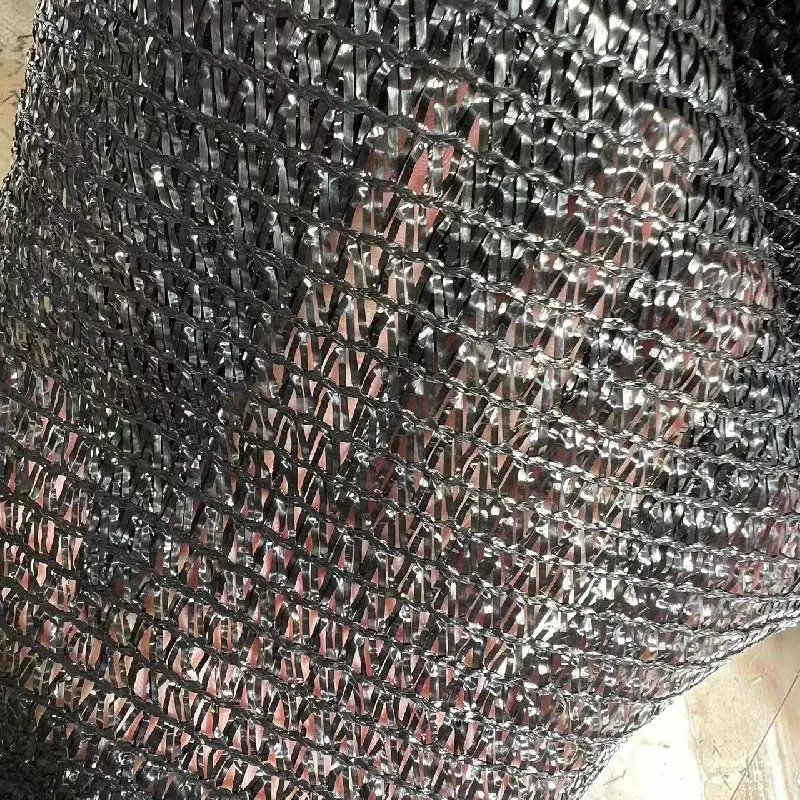-
 Afrikaans
Afrikaans -
 Albanian
Albanian -
 Amharic
Amharic -
 Arabic
Arabic -
 Armenian
Armenian -
 Azerbaijani
Azerbaijani -
 Basque
Basque -
 Belarusian
Belarusian -
 Bengali
Bengali -
 Bosnian
Bosnian -
 Bulgarian
Bulgarian -
 Catalan
Catalan -
 Cebuano
Cebuano -
 China
China -
 Corsican
Corsican -
 Croatian
Croatian -
 Czech
Czech -
 Danish
Danish -
 Dutch
Dutch -
 English
English -
 Esperanto
Esperanto -
 Estonian
Estonian -
 Finnish
Finnish -
 French
French -
 Frisian
Frisian -
 Galician
Galician -
 Georgian
Georgian -
 German
German -
 Greek
Greek -
 Gujarati
Gujarati -
 Haitian Creole
Haitian Creole -
 hausa
hausa -
 hawaiian
hawaiian -
 Hebrew
Hebrew -
 Hindi
Hindi -
 Miao
Miao -
 Hungarian
Hungarian -
 Icelandic
Icelandic -
 igbo
igbo -
 Indonesian
Indonesian -
 irish
irish -
 Italian
Italian -
 Japanese
Japanese -
 Javanese
Javanese -
 Kannada
Kannada -
 kazakh
kazakh -
 Khmer
Khmer -
 Rwandese
Rwandese -
 Korean
Korean -
 Kurdish
Kurdish -
 Kyrgyz
Kyrgyz -
 Lao
Lao -
 Latin
Latin -
 Latvian
Latvian -
 Lithuanian
Lithuanian -
 Luxembourgish
Luxembourgish -
 Macedonian
Macedonian -
 Malgashi
Malgashi -
 Malay
Malay -
 Malayalam
Malayalam -
 Maltese
Maltese -
 Maori
Maori -
 Marathi
Marathi -
 Mongolian
Mongolian -
 Myanmar
Myanmar -
 Nepali
Nepali -
 Norwegian
Norwegian -
 Norwegian
Norwegian -
 Occitan
Occitan -
 Pashto
Pashto -
 Persian
Persian -
 Polish
Polish -
 Portuguese
Portuguese -
 Punjabi
Punjabi -
 Romanian
Romanian -
 Russian
Russian -
 Samoan
Samoan -
 Scottish Gaelic
Scottish Gaelic -
 Serbian
Serbian -
 Sesotho
Sesotho -
 Shona
Shona -
 Sindhi
Sindhi -
 Sinhala
Sinhala -
 Slovak
Slovak -
 Slovenian
Slovenian -
 Somali
Somali -
 Spanish
Spanish -
 Sundanese
Sundanese -
 Swahili
Swahili -
 Swedish
Swedish -
 Tagalog
Tagalog -
 Tajik
Tajik -
 Tamil
Tamil -
 Tatar
Tatar -
 Telugu
Telugu -
 Thai
Thai -
 Turkish
Turkish -
 Turkmen
Turkmen -
 Ukrainian
Ukrainian -
 Urdu
Urdu -
 Uighur
Uighur -
 Uzbek
Uzbek -
 Vietnamese
Vietnamese -
 Welsh
Welsh -
 Bantu
Bantu -
 Yiddish
Yiddish -
 Yoruba
Yoruba -
 Zulu
Zulu
Exploring Innovative Solutions for Enhanced Networking and Connectivity in Modern Systems
The Influence of Mist Nets in Avian Research and Conservation
In the world of ornithology, mist nets are a pivotal tool that has revolutionized the study of bird populations and behavior. These fine, almost invisible nets are designed to capture birds without causing them harm, allowing researchers to gather crucial data that contributes to our understanding of avian ecology, migration patterns, and conservation needs.
Mist nets, typically made of lightweight nylon or polyester, are strategically placed in areas where birds are known to frequent, such as along migratory routes, in dense forests, or near feeding grounds. When birds fly into the nets, they become entangled without serious injury, making it possible for researchers to safely extract them for study. This non-lethal method provides a wealth of information while minimizing stress and harm to the avian subjects.
One of the significant uses of mist nets is in banding studies. By placing a numbered band on a bird's leg, researchers can track its movements over time, providing insights into migration patterns and population dynamics. For example, studies have shown that certain species of songbirds migrate thousands of miles between breeding and wintering grounds. By tracking these migrations, scientists can assess the impacts of climate change, habitat loss, and other environmental factors on bird populations.
Moreover, mist nets play a crucial role in monitoring bird health and assessing the impact of diseases. Viruses such as West Nile Virus and avian influenza pose significant threats to bird populations. Through the capture and examination of birds, researchers can collect samples to test for these diseases, aiding in the early detection of outbreaks and helping to implement conservation strategies to mitigate their effects.
mist net

Beyond individual studies, mist nets contribute to larger-scale conservation efforts
. Habitat loss due to urbanization, agriculture, and climate change is a pressing issue for many bird species. By using mist nets to monitor population trends, researchers can collect data that highlights the decline of certain species, prompting targeted conservation actions. For instance, if a particular species is found to be declining in a specific region, conservationists can advocate for the protection of critical habitats, ensuring that these birds have safe breeding and feeding grounds.Additionally, mist netting serves an educational purpose. By involving citizen scientists in banding projects, researchers can foster a greater appreciation for avian wildlife and the challenges they face. Training volunteers to use mist nets and collect data not only aids in research efforts but also raises awareness about the importance of bird conservation. Programs that engage local communities help build a collective commitment to preserving natural habitats and protecting avian populations.
While mist nets are an invaluable tool for bird research, their use is not without controversy. Concerns about the potential stress induced on captured birds and the risk of bycatch—catching non-target species—have prompted some to call for more stringent regulations and ethical guidelines. It is essential for researchers to follow best practices in mist netting to ensure the welfare of the birds involved. This includes minimizing capture times, using proper netting techniques, and conducting thorough post-capture assessments.
In conclusion, mist nets represent a key methodological advancement in ornithology, facilitating significant contributions to our understanding of bird life and informing conservation strategies. Their ability to capture birds safely, allowing for detailed study and monitoring, is critical for the ongoing efforts to understand and protect our avian friends. As we face numerous environmental challenges, the data collected through mist netting will remain vital in our quest to safeguard bird populations and the ecosystems they inhabit. Ultimately, with continued research and responsible practices, mist nets will aid in fostering harmonious coexistence between humans and wildlife.
-
Shipping Plastic Bags for Every NeedNewsJul.24,2025
-
Safety Netting: Your Shield in ConstructionNewsJul.24,2025
-
Plastic Mesh Netting for Everyday UseNewsJul.24,2025
-
Nylon Netting for Every UseNewsJul.24,2025
-
Mesh Breeder Box for Fish TanksNewsJul.24,2025
-
Expanded Steel Mesh Offers Durable VersatilityNewsJul.24,2025











